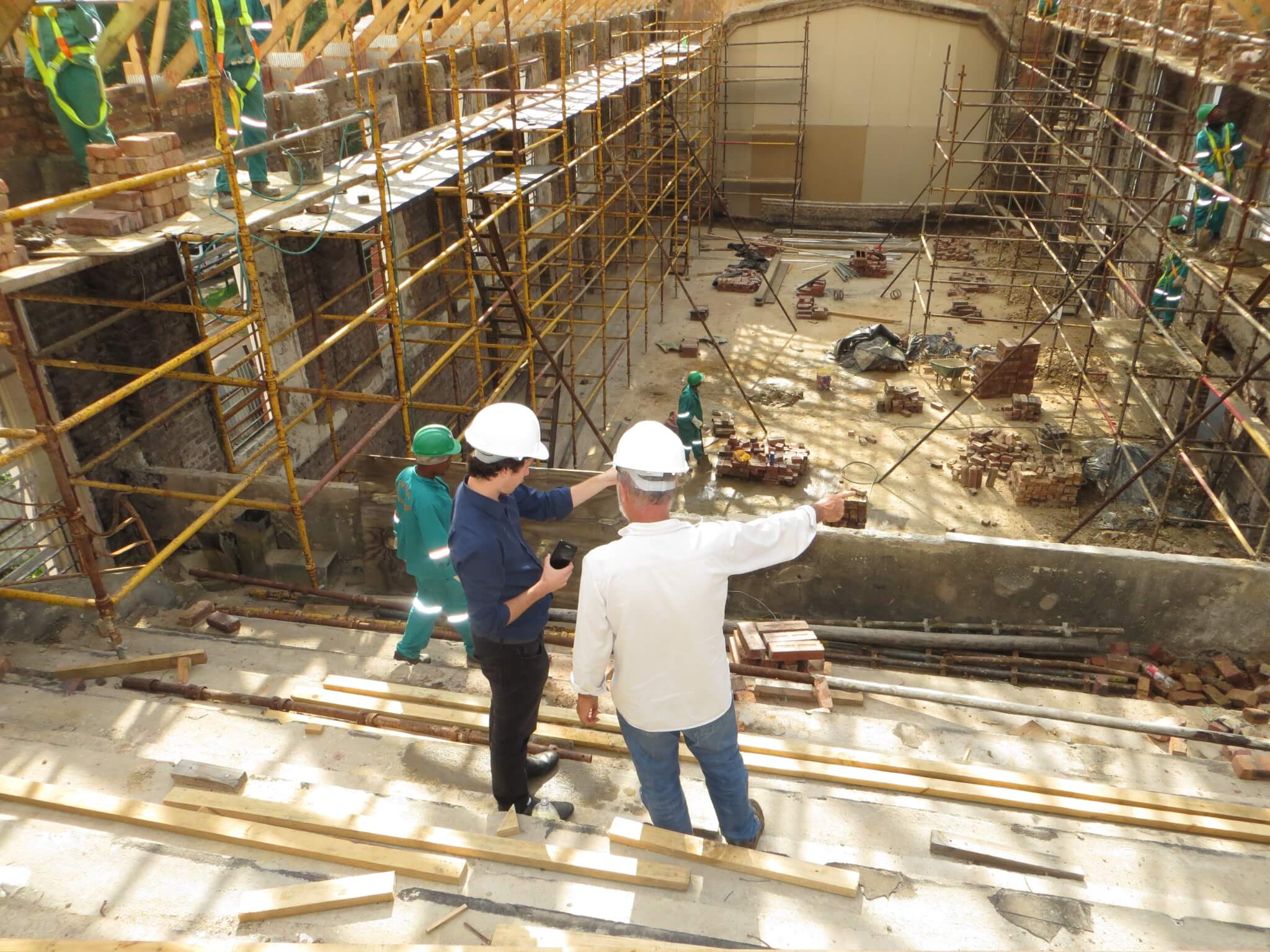December 1, 2022
One of the best ways to manage risk on construction projects is through insurance and bonds. Throughout the next several weeks, the AIA Contract Documents Program is going to release a series of articles pertaining to construction insurance. This is Part 3: Commercial General Liability.
Commercial General Liability Insurance
In most construction contracts, both the owner and contractor are required to obtain commercial general liability, or CGL, insurance.
CGL coverage is “third-party” coverage, meaning it covers claims from those other than the policy holder(s). An example of this type of coverage would be if a pedestrian is injured while walking by the project site. The pedestrian is not in any way related to the project or the insurance policy, but the policy will provide compensation to that individual. This is in contrast to builder’s risk insurance, which provides “first-party” coverage, meaning it covers claims made by the insured (the contractor, the owner, etc.).
For the owner, the contract requirement for CGL usually says something like “The owner shall be responsible for purchasing and maintaining the owner’s usual general liability insurance.”
For the contractor, however, the requirements can be much more specific. The requirements to obtain CGL coverage usually extend through the better part of a page or more, and list all of the coverages that the policy must include, and all of the exclusions or restrictions that are prohibited. As shown below, this is how the AIA insurance exhibit is structured.
Whether it’s builder’s risk, CGL, or some other type of coverage that is required for your project, consulting with an insurance advisor is always a good idea.
Do AIA Contracts Contain Insurance Requirements Related to Commercial General Liability?
Yes. The AIA’s insurance exhibit requires the owner to purchase and maintain their “usual general liability insurance.”
The AIA’s insurance exhibit also includes the following language related to the contractor’s obligations with respect to CGL coverage:
A.3.2.2 Commercial General Liability Commercial General Liability insurance for the Project written on an occurrence form with policy limits of not less than ($ ) each occurrence, ($ ) general aggregate, and ($ ) aggregate for products-completed operations hazard, providing coverage for claims including:
.1 damages because of bodily injury, sickness or disease, including occupational sickness or disease, and death of any person;
.2 personal injury and advertising injury;
.3 damages because of physical damage to, or destruction of, tangible property, including the loss of use of such property;
.4 bodily injury or property damage arising out of completed operations; and
.5 the Contractor’s indemnity obligations under Section 3.18 of the General Conditions.
A.3.2.2.2 The Contractor’s Commercial General Liability policy under this Section A.3.2.2 shall not contain an exclusion or restriction of coverage for the following:
.1 Claims by one insured against another insured, if the exclusion or restriction is based solely on the fact that the claimant is an insured, and there would otherwise be coverage for the claim.
.2 Claims for property damage to the Contractor’s Work arising out of the products-completed operations hazard where the damaged Work or the Work out of which the damage arises was performed by a Subcontractor.
.3 Claims for bodily injury other than to employees of the insured.
.4 Claims for indemnity under Section 3.18 of the General Conditions arising out of injury to employees of the insured.
.5 Claims or loss excluded under a prior work endorsement or other similar exclusionary language.
.6 Claims or loss due to physical damage under a prior injury endorsement or similar exclusionary language.
.7 Claims related to residential, multi-family, or other habitational projects, if the Work is to be performed on such a project.
.8 Claims related to roofing, if the Work involves roofing.
.9 Claims related to exterior insulation finish systems (EIFS), synthetic stucco, or similar exterior coatings or surfaces, if the Work involves such coatings or surfaces.
.10 Claims related to earth subsidence or movement.
.11 Claims related to explosion, collapse, and underground hazards, where the Work involves such hazards.
How to Manage Risk Using Construction Insurance & Bonds – Part 4: Waivers of Subrogation
AIA Contract Documents has provided this article for general informational purposes only. The information provided is not legal opinion or legal advice and does not create an attorney-client relationship of any kind. This article is also not intended to provide guidance as to how project parties should interpret their specific contracts or resolve contract disputes, as those decisions will need to be made in consultation with legal counsel, insurance counsel, and other professionals, and based upon a multitude of factors.

